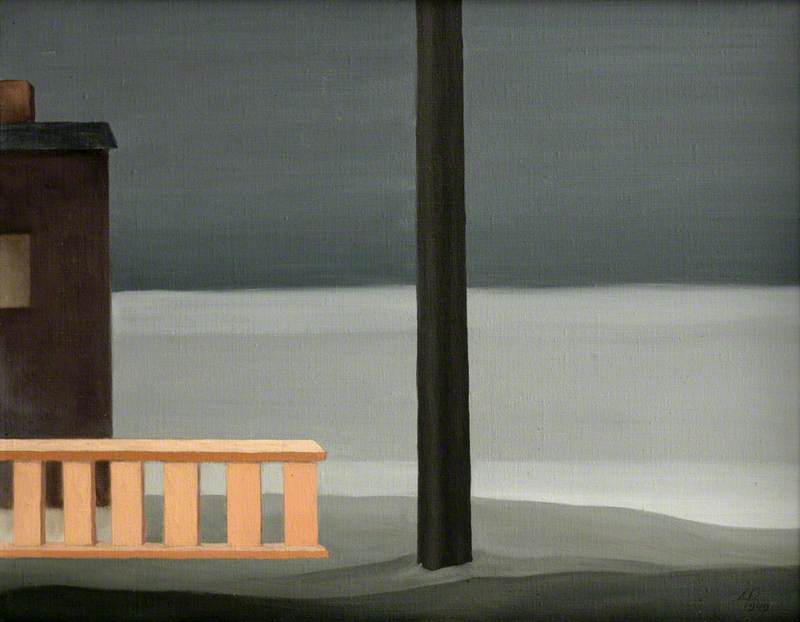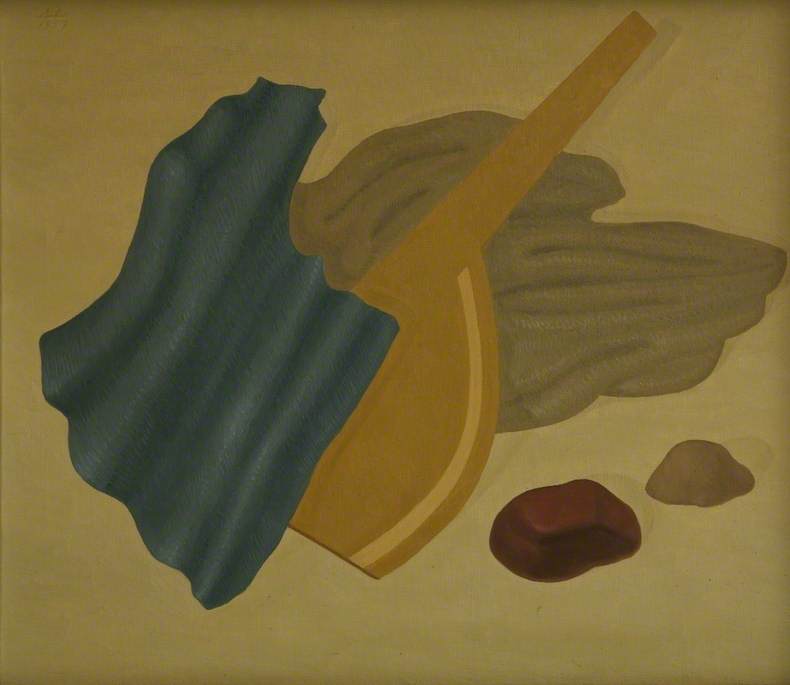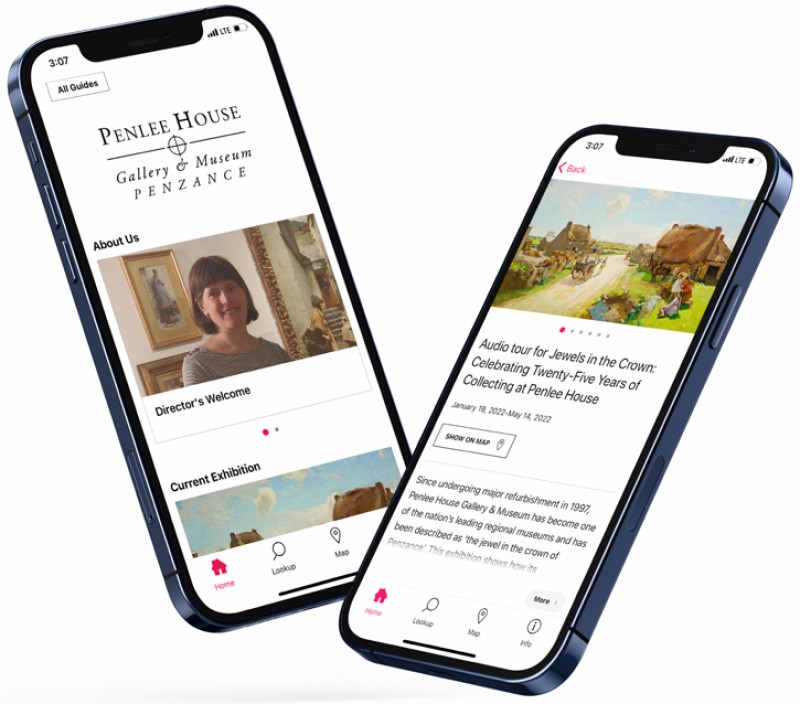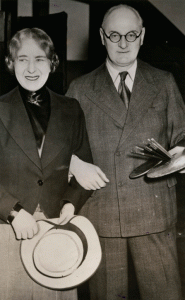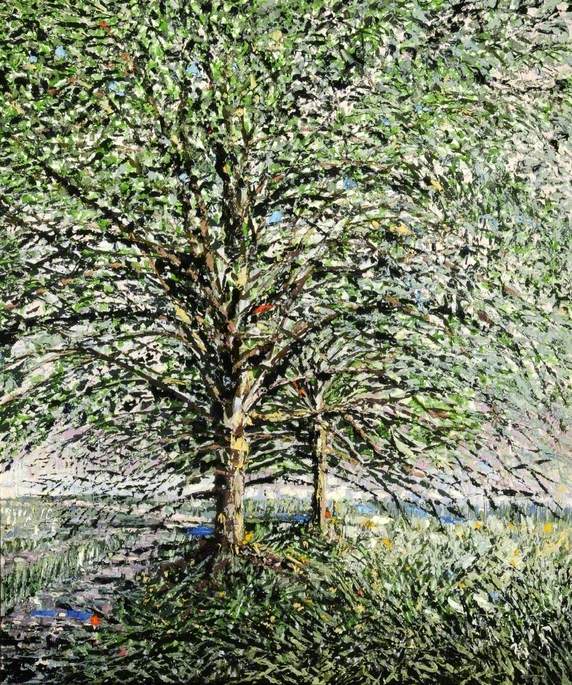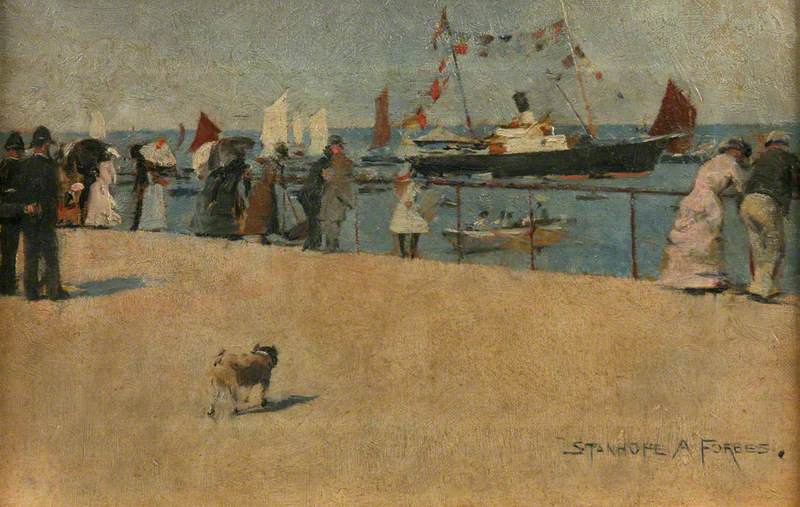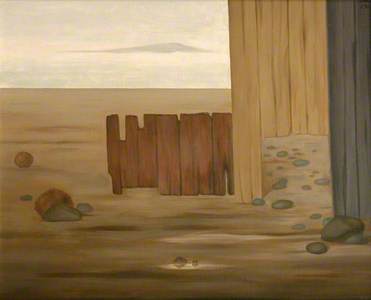For almost 120 years, Newlyn Art Gallery has been bringing the best in contemporary art to audiences in the South West. In 2007 the gallery was redeveloped and a second venue, The Exchange in Penzance, was opened. With two venues it offers a wide and varied programme across two sites, showcasing the best of national and international contemporary art, as well as work by some of the most exciting artists currently working in the region.
Newlyn has played an important role in supporting the development of twentieth-century painting in Britain, and in acknowledgement of that history, the current programme at Newlyn Art Gallery seeks to reflect the ways in which contemporary artists, working in this country and internationally, use painting and drawing to express their ideas. Artists working in other media continue to be a part of the programme on occasions, but two-dimensional work is the clear focus.
At The Exchange the huge gallery is regularly used as a project space in which artists and curators test new ideas. A major contemporary art space, The Exchange enables audiences to see work on a scale never before accessible in the region. It is also used as a venue for live performances, film screenings and community events.
It has a striking, undulating glass façade that runs the entire length of the building, a former telephone exchange. A dramatic, changing light display, designed by Penwith-based artist Peter Freeman illuminates the glass panels according to the exhibitions and time of day and year. At the centre of The Exchange is a large T-shaped gallery, double the size of Newlyn’s upper gallery. The unique shape and proportions provide a versatile and welcoming showing space. Retaining much of the industrial feel of the original telephone exchange, the gallery is a noticeable contrast to the Victorian gallery at Newlyn.
The Historic Collection
In 1979, John Halkes, then Director of Newlyn Art Gallery, initiated the first serious review of Newlyn School painting between 1880 and 1900. By 1985 his work had resulted in a major showing at the Barbican Art Gallery in London, while in Newlyn a second survey show dealt with 1900 to 1930. Halkes set out to establish a collection, attracting gifts from collectors and heirs and soliciting bequests from the Gallery’s supporters. Under Halkes’ directorship it was established as a publicly funded contemporary art gallery and has since achieved a high reputation for its programme of exhibitions and education work, but the idea of building a collection was lost along the way, due to insufficient resources to acquire and maintain a high profile collection.
The small group of paintings John Halkes did acquire are now on loan to Penlee House Gallery & Museum in Penzance, where a specialization in Newlyn School and related art has developed, and where this work is almost always on view. Other works given or bequeathed over the years have included works on paper, and a substantial group of paintings by the émigré artist Albert Reuss, given by his widow.
Kathy Hill, Marketing Officer, Newlyn Art Gallery & The Exchange

